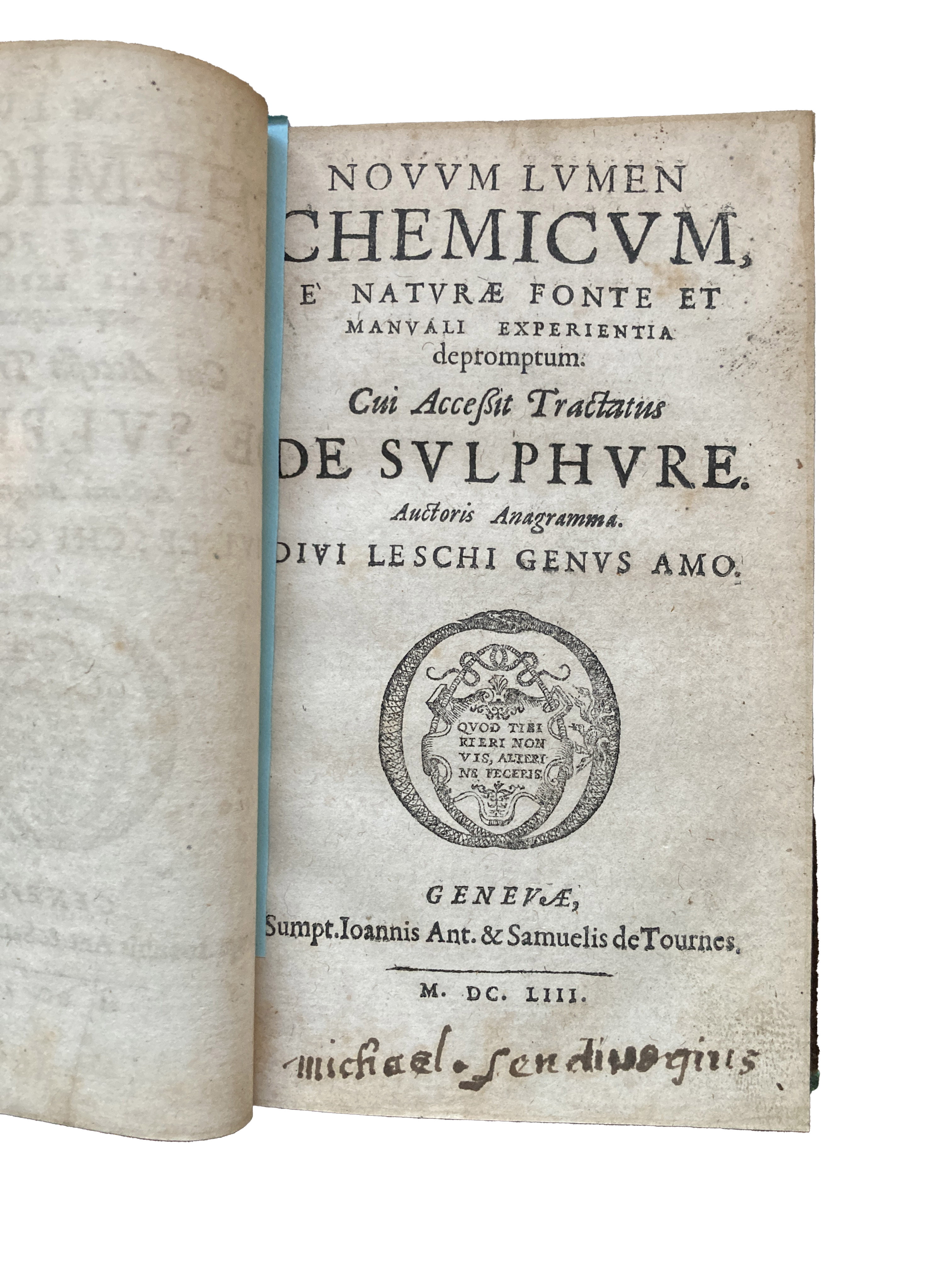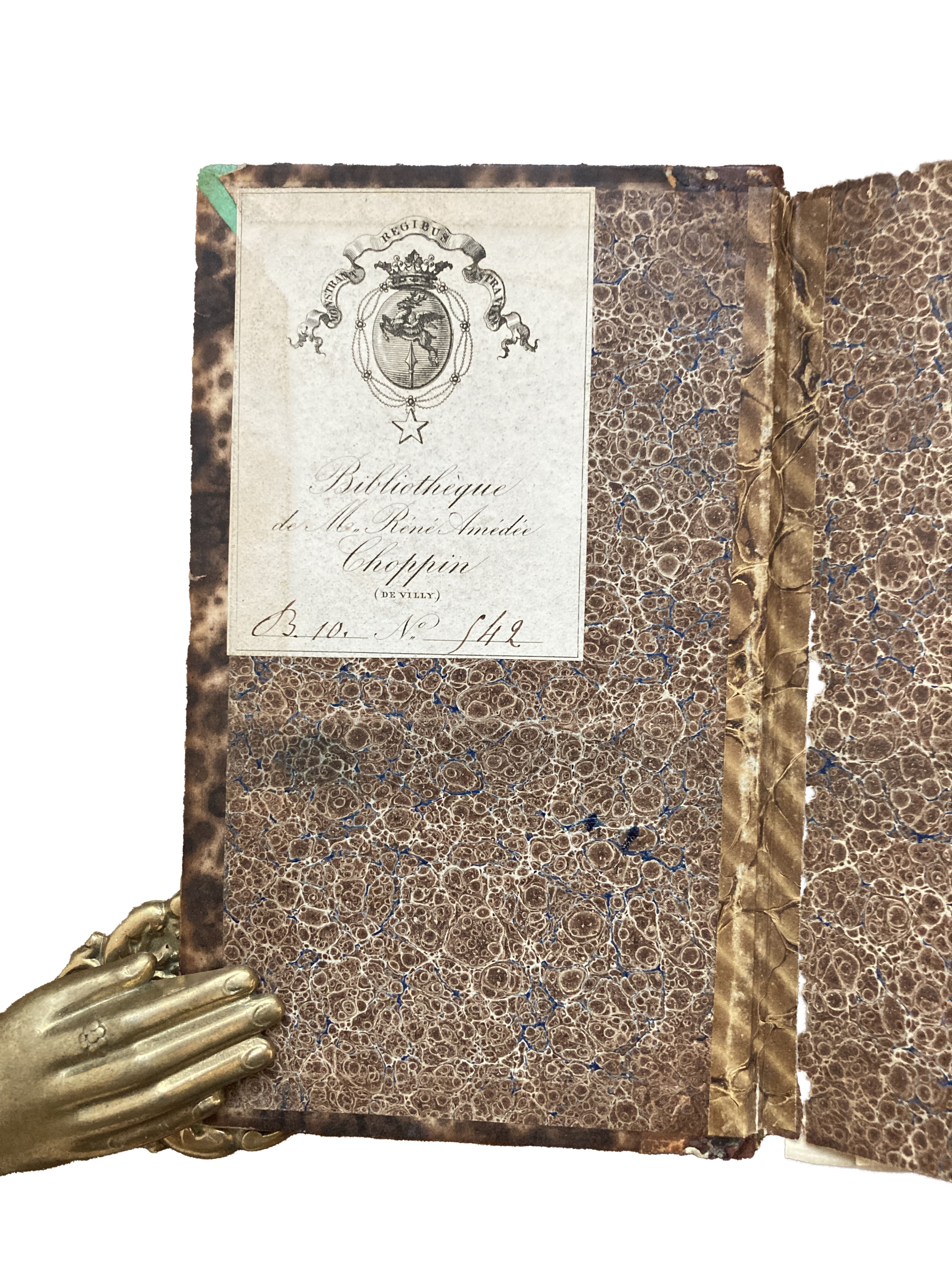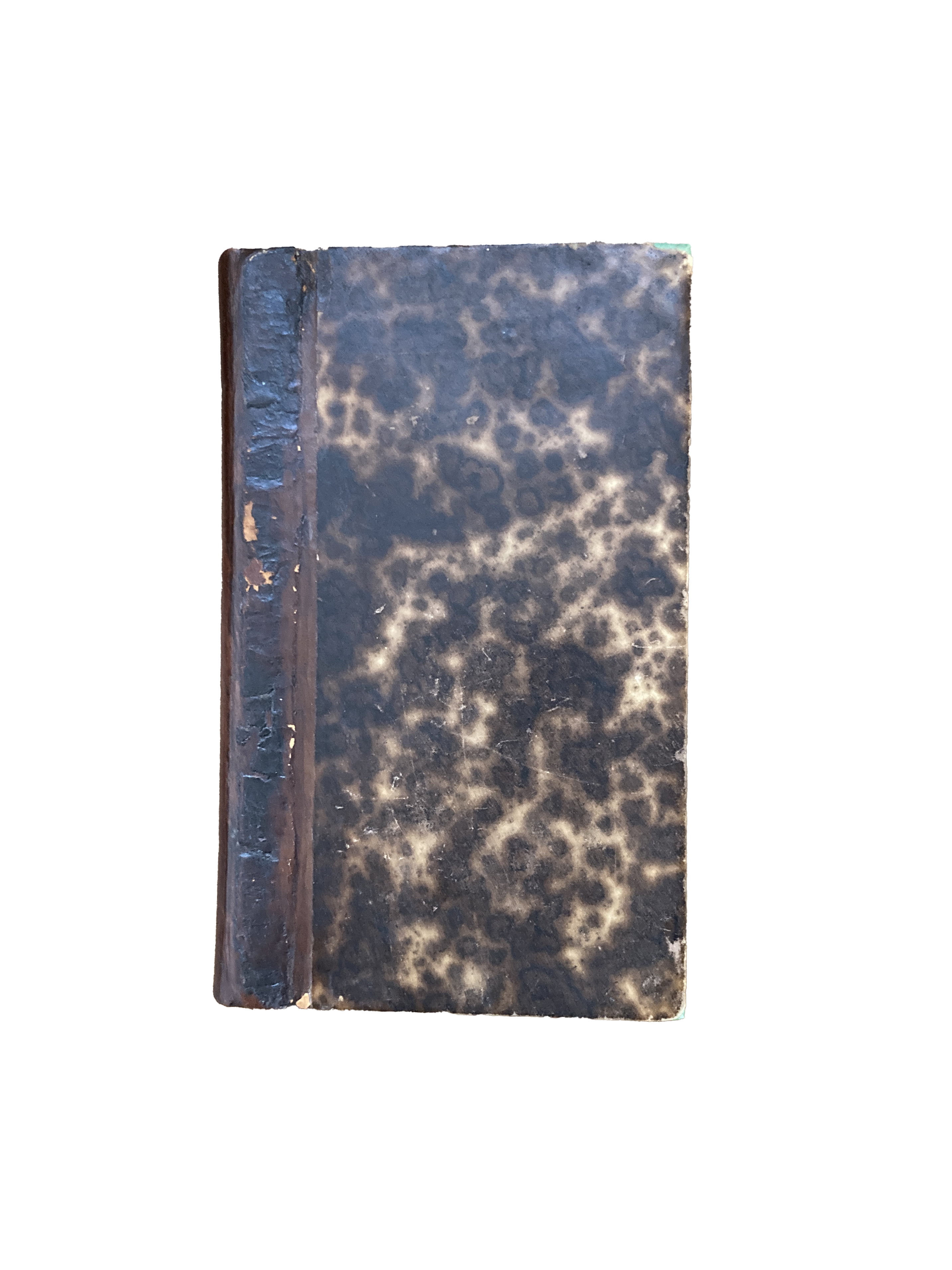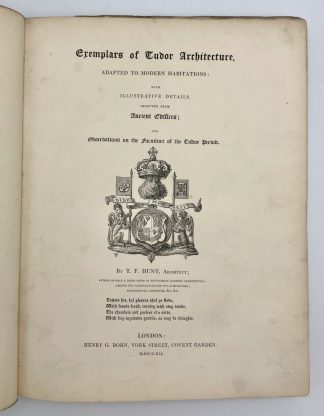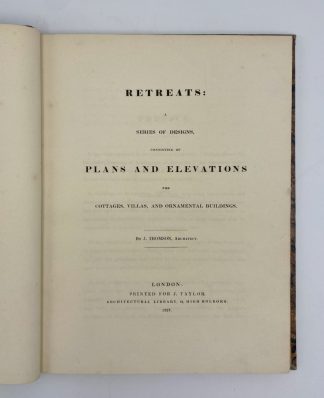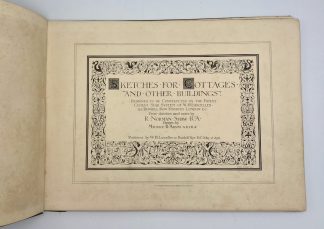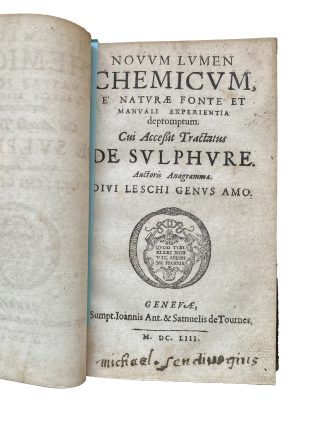ALBINEUS, Nathan.
SCARCE ALCHEMICAL SAMMELBAND
Bibliotheca Chemica contracta.
Geneva, I. Ant. & Samuel de Tournes, 1654.£2,450.00
FIRST EDITION of Parts II-IV, second of Part I. 8vo. 4 parts in 1, separate titles and signatures, I: pp. [16], 77, [3]; II: pp. [16], 175, [1]; III: pp. [10, lacking blank as usual], 179, [1]; IV: pp. [12], 83, [3, lacking last blank as usual]. Roman letter, with Italic. General title in red and black, woodcut title vignettes, decorated initials and ornaments. Occasional slight age browning or minor marginal foxing, second title dusty, tiny worm trails to some lower edges, fore-edge of *5 (III) expertly repaired, minor spotting to lower outer blank corner of last few ll. A good copy in C19 half calf over marbled boards, rebacked, marbled eps and edges, corners rubbed, C19 armorial bookplate of the bibliophile René Amedée Choppin de Villy to front pastedown, early ms annotations to fly, early C17 ‘michael sendiuogius’ to second title and half-title in Part II, ms annotations in the same hand dated 1671 to last verso, others to *5 (III).
A sammelband comprising eight alchemical texts, some popular some obscure, edited by the Genevan physician Nathan d’Aubigné de la Fosse (fl. C17). The preface reproduces the ‘Tabula Smagardina’ – a cryptic text attributed to Hermes Trismegistus (1stcent.), and believed to be the foundation of Islamic and Western alchemy. Written by the humanist and alchemist Giovanni Augurello (1441-1524), acquainted with Ficino, Poliziano and Aldus, ‘Chrysopoeia’ is dedicated to Pope Leo X. It is an instance of ‘alchemical verse’, i.e., allegorical poetry describing chemical processes – in this case, gold-making – in a symbolic manner. Two more, by Augurello and d’Aubigné, are appended. Part II includes two works by the Polish alchemist Michael Sendivogius (1566-1636), preceded by the testament of the philosopher Arnaldus of Villanova, inserted ‘at the instance of the printer’ so that the page would not be left blank. The first, ‘Novum lumen chemicum’, discusses the nature and origin of metals and minerals, putrefaction, the spiritual ‘semen’, the mixture of metals, mineral tinctures and virtues. It also includes a dialogue between Mercury the Alchemist and Nature, and an appended treatise on sulphur, discussing the four elements, the three principles of nature, and the properties of sulphur. Parts III and IV were written by the French polymath and alchemist Jean d’Espagnet (1564-c.1637). ‘Enchiridion Physicae Restitutae’ is a collection of 245 Hermetic aphorisms on god, nature, the world, matter, the creation of the planets and humankind, light, universal harmony, corruption, the four elements, the fifth, and their physical properties, the humours, the spirit and soul, and numerous other basic concepts of alchemy (including the presence of multiple worlds in the universe). Similarly structured into 138 aphorisms (or rules), ‘Arcanum Hermeticae Philosophiae’ presents the secrets of the Philosopher’s Stone for which ‘the perfect knowledge of the science and art of metals’ is required, with short statements on the properties of the planets, specific metals, tinctures, and the alchemical processes. The slightly later annotator noted Sendivogius’s authorship of two essays, as well as random thoughts: a few lines on Abelard and Heloise (‘Abailar ou abilard / Contemporen de st Bernard / Alison sa fame (?) abbesie Paraclet’) a one-line recipe; and a couple of apparently unrecorded lines called ‘Titulus ad Lupanares’, which he signed Michel de Hennecourt, 7 October 1671.
The main title of the first collected edition bears the imprint 1653, like parts II-IV here; the main title is here dated 1654, the scarcer re-issue.
Ferguson I, p.17; Wellcome II, p.25; Krivatsy 460; Caillet I, 147; Duveen p.10 (1653 ed.).In stock


